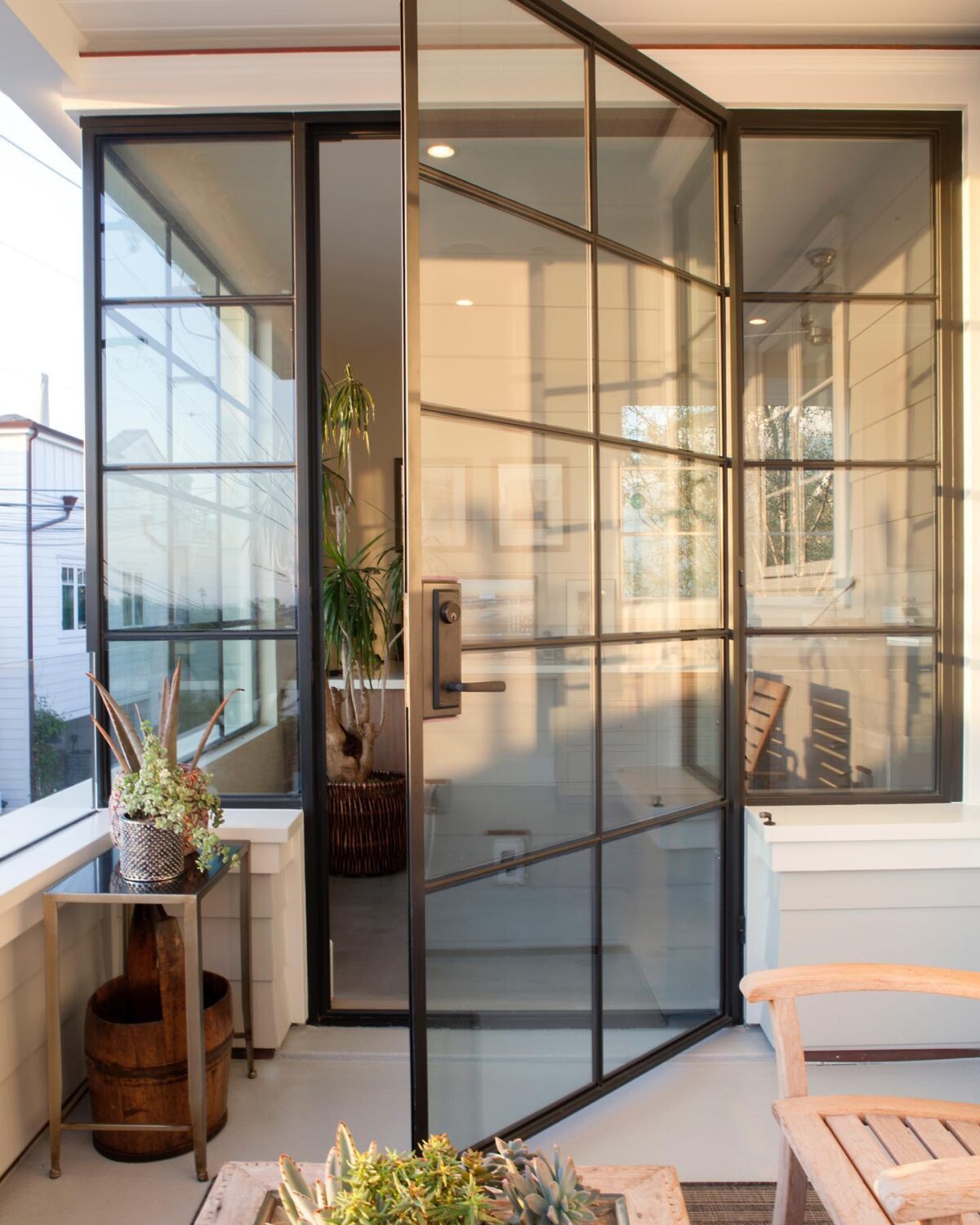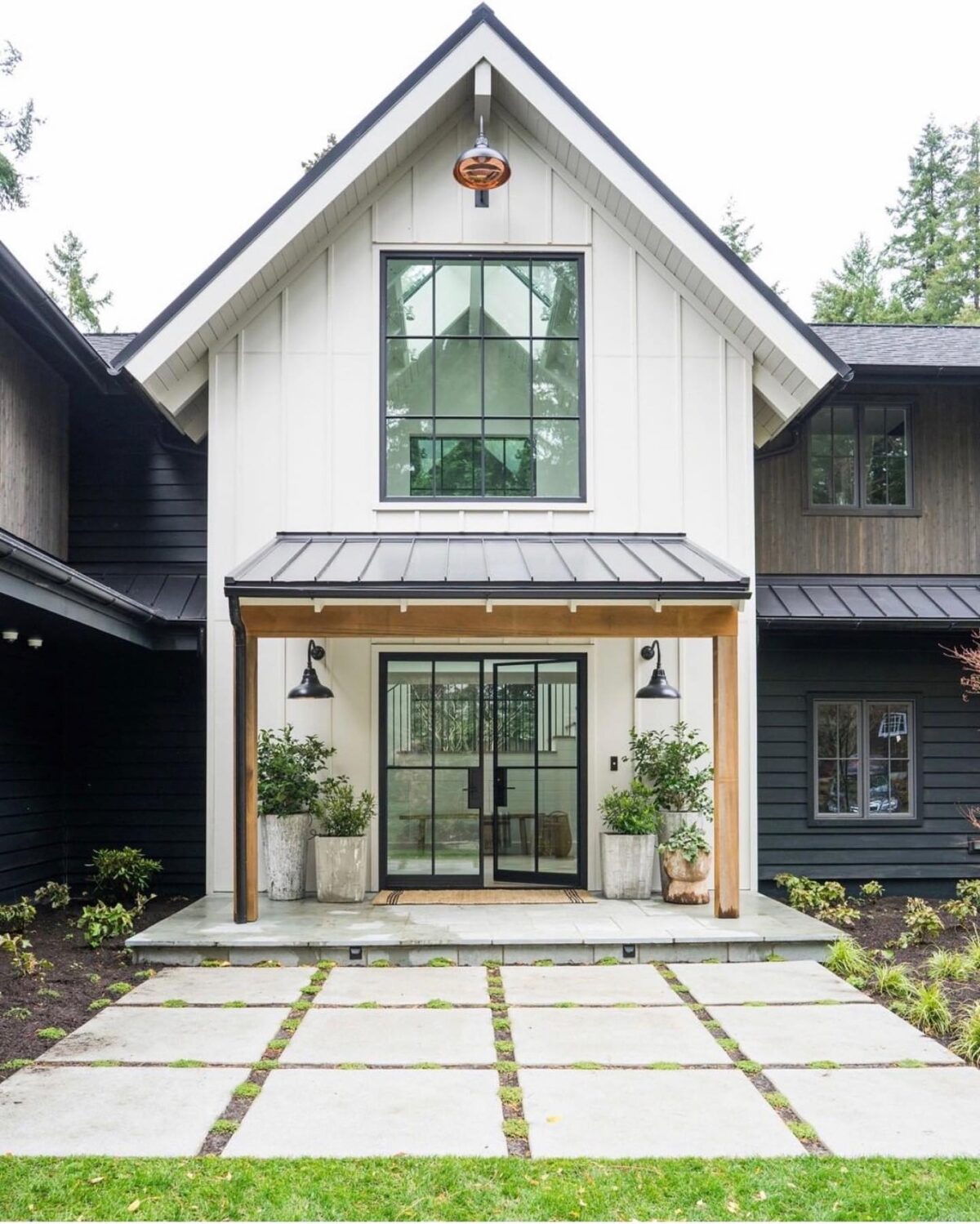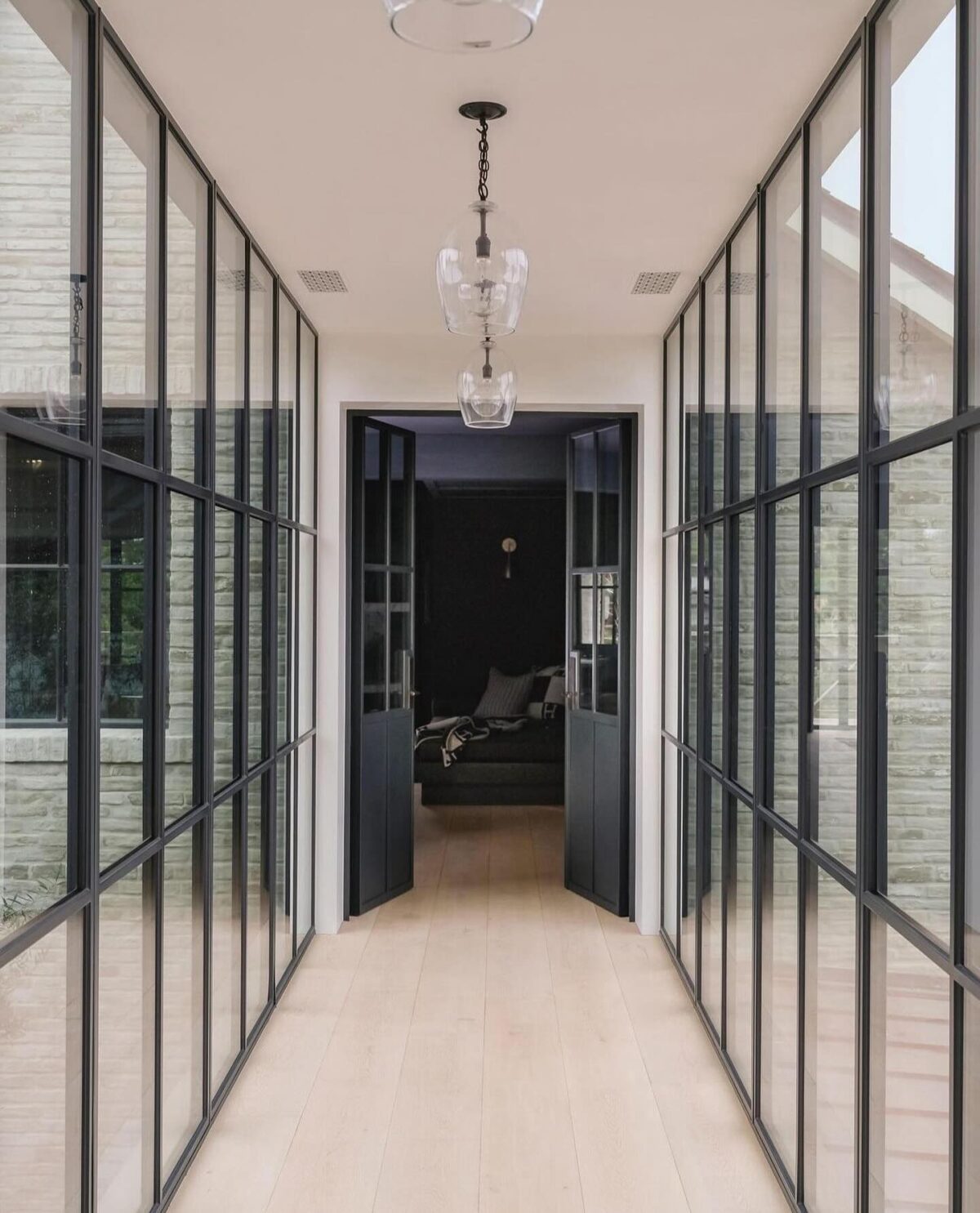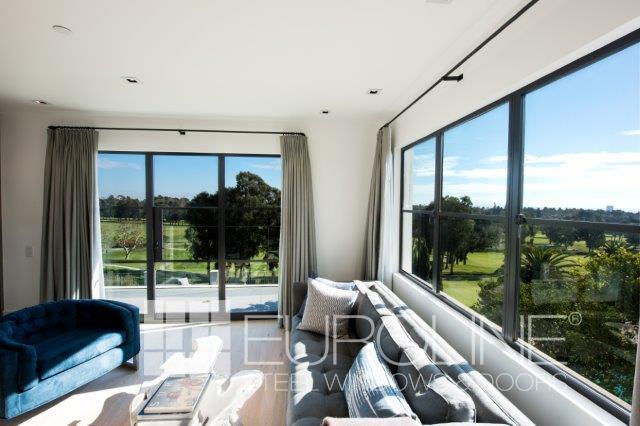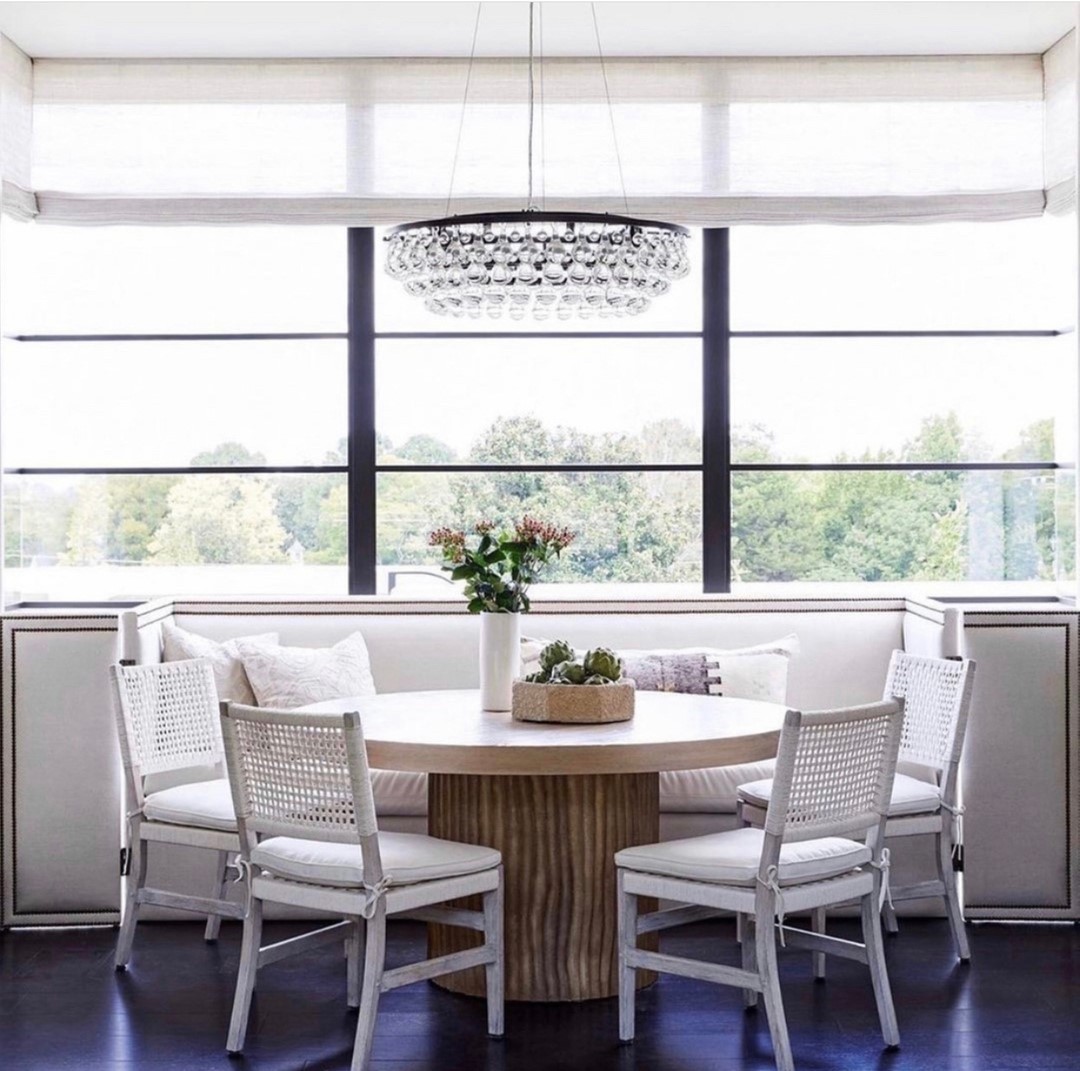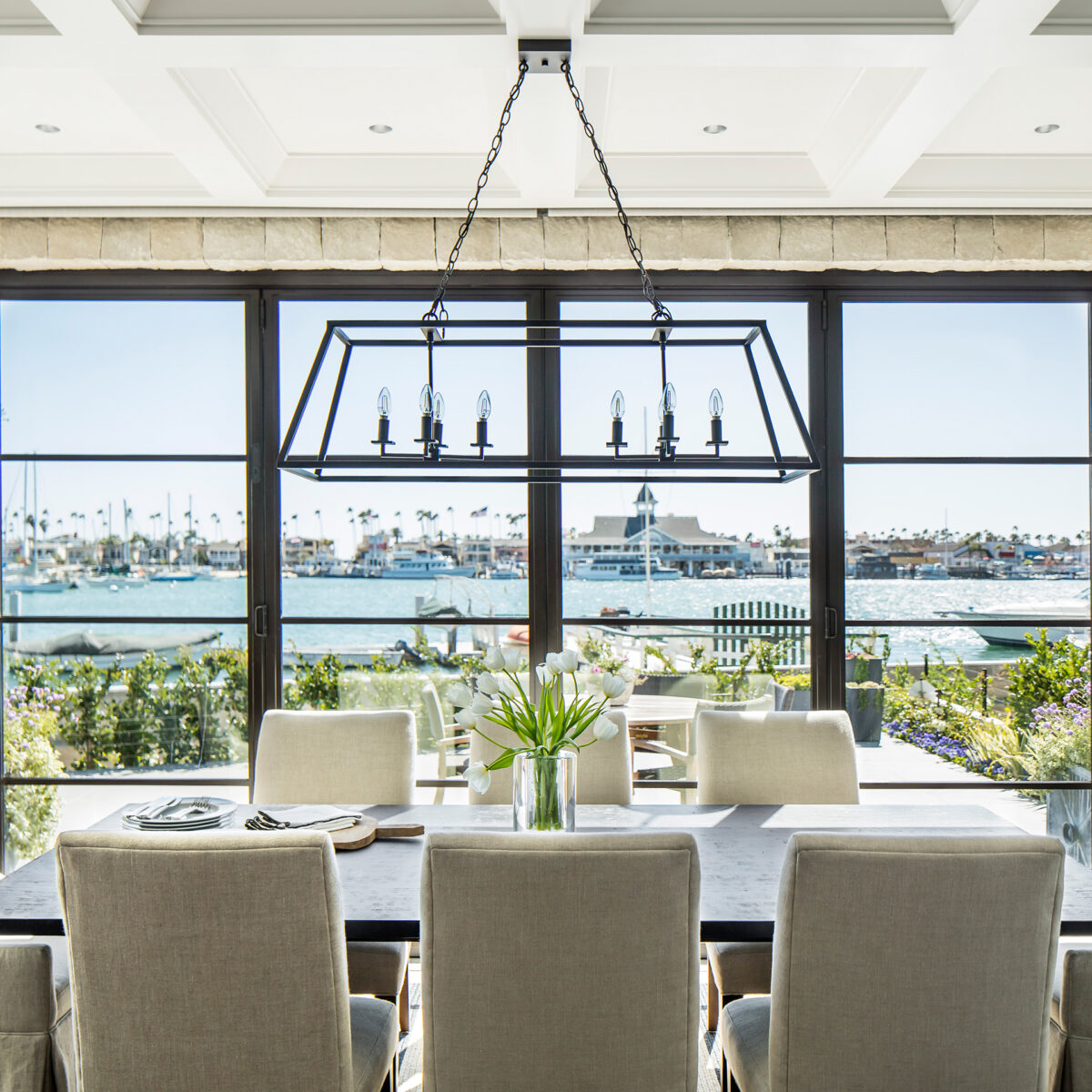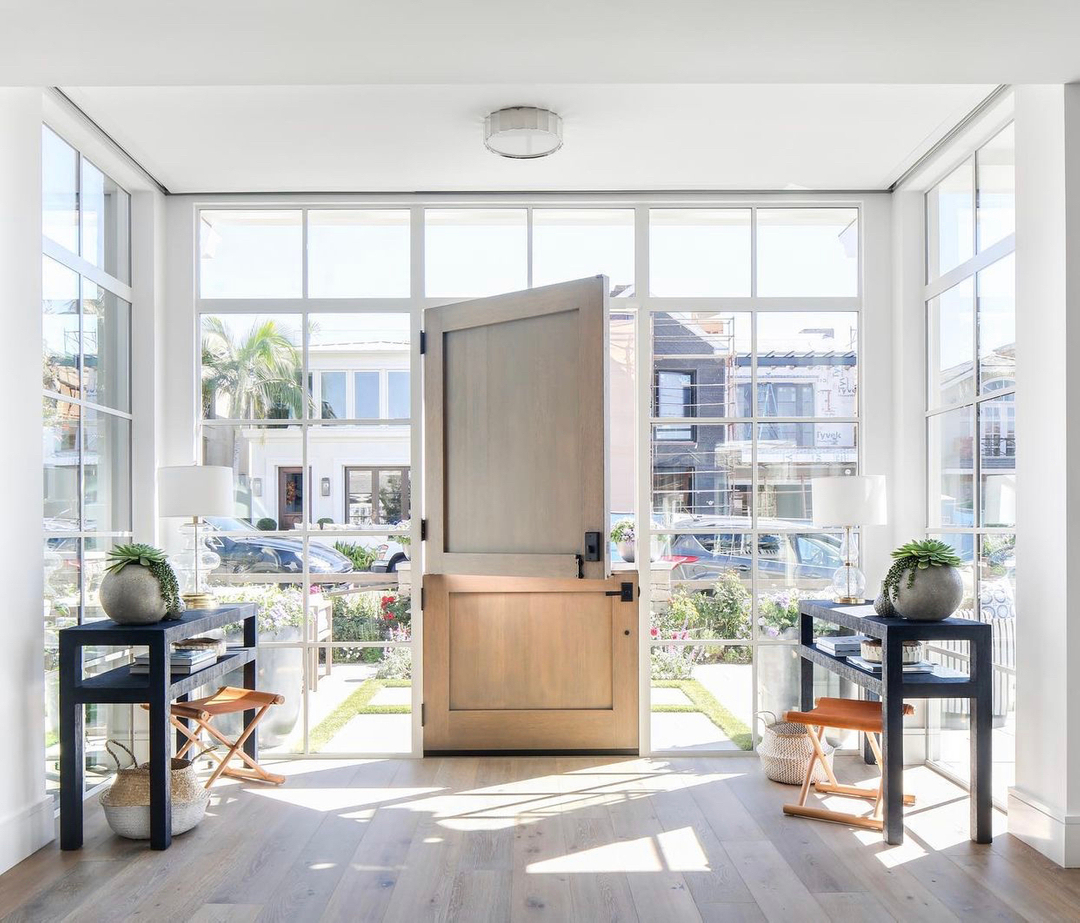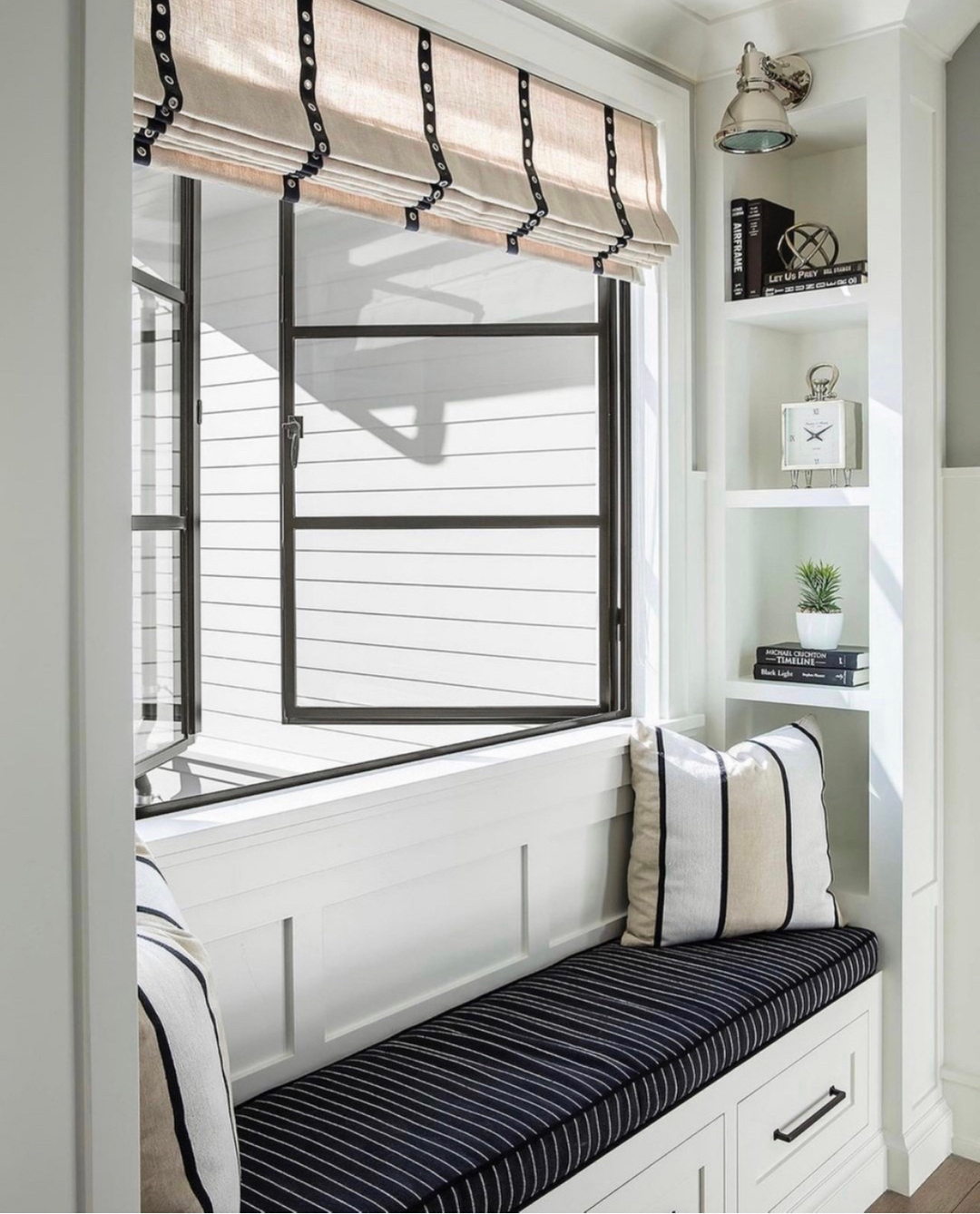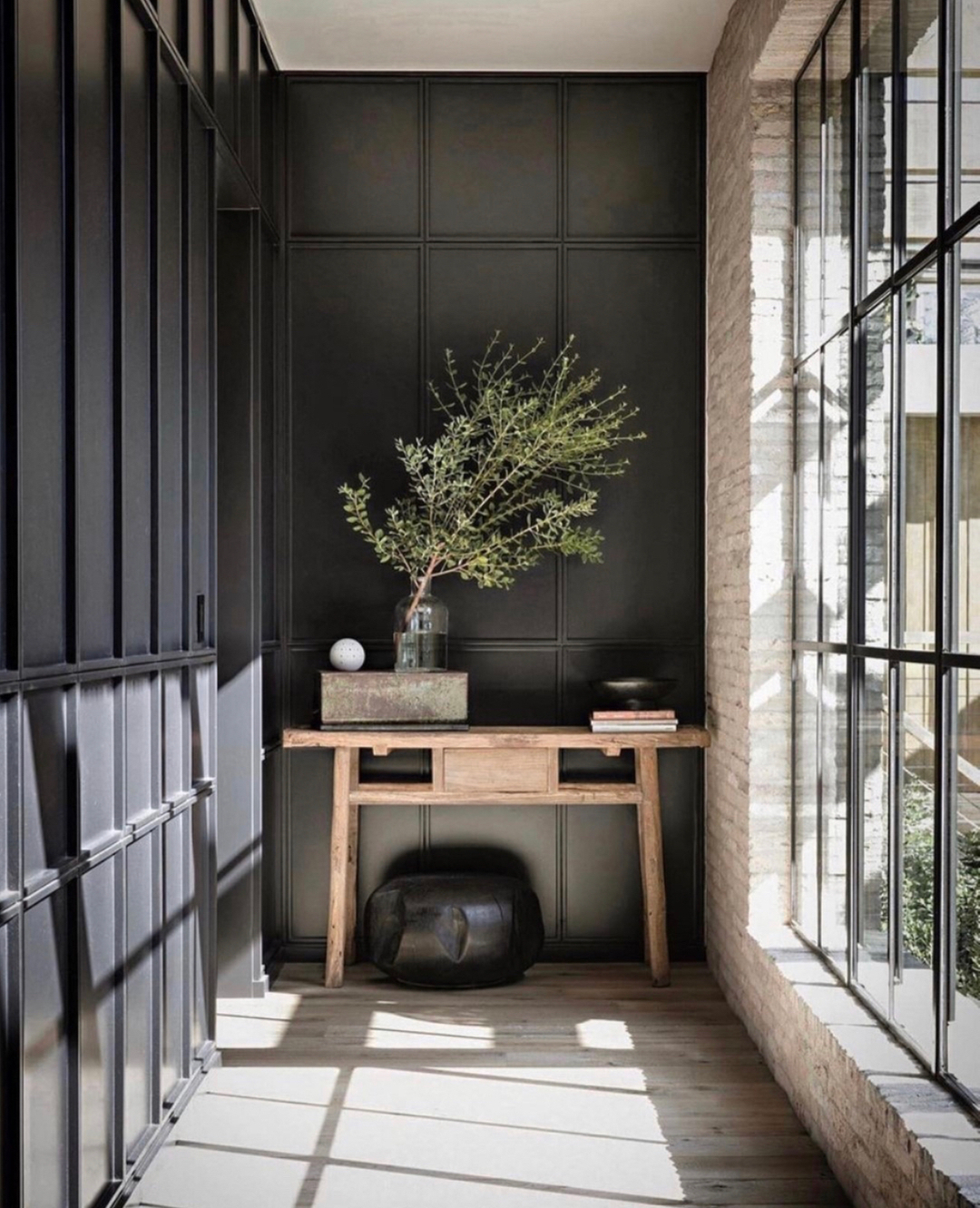Key Takeaways:
- Brass door handles are durable, corrosion-resistant, and perfect for high-traffic areas like Exterior doors.
- They offer aesthetic appeal, complementing Steel windows and Doors and fitting a variety of design themes.
- Available in a wide range of styles, including lever handles, antique brass, and polished brass, they can match any personal style or architectural style.
- Maintenance of brass door handles includes regular cleaning and occasional polishing to keep them looking their best.
When it comes to picking out door handles, the decision can sometimes feel overwhelming. But if you’re thinking about choosing brass door handles, you’re on the right track. Brass isn’t just about looks; it’s a practical, durable, and stylish choice for any home or office.
Let’s break down why brass door handles are a great option and how they can work well with your design, especially if you already have Steel windows and Doors.
Why Brass Door Handles?
One of the most important things to consider when picking a door handle is the material. Brass stands out for a few good reasons:
- Durability
Brass door handles are known for their strength. They are made of solid brass, which can handle daily wear and tear, even in high-traffic areas. Whether it’s the front door or a frequently used interior door, brass can withstand it all. It’s also a great option for Exterior doors, thanks to its ability to endure the elements.
- Aesthetic Appeal
There’s something about brass that just feels classic. Its warm, gold tones instantly add a touch of luxury to any room. Plus, choosing brass door handles gives you versatility. They work well in modern interiors, traditional spaces, and everything in between. You also have a wide variety of types of handles to choose from, including lever handles and knobs, so you can pick what suits your style.
- Corrosion Resistance
Brass has a natural ability to resist rust and corrosion, making it a solid choice for areas with higher humidity, like California. This is a bonus for Exterior doors where handles are exposed to different weather conditions. You won’t have to worry about brass handles deteriorating quickly, unlike other materials like polished chrome or even stainless steel.
Brass and Steel – A Match Made in Design Heaven
If you’ve already invested in Steel windows and Doors, you might wonder how brass door handles will fit into the overall look. The truth is that brass and steel complement each other beautifully. The sleek, modern feel of Steel windows and Doors pairs perfectly with the warm, rich tones of brass handles. Here’s why:
- Contrast in Materials
Steel has a cold, clean, and polished appearance, while brass brings warmth and texture. This contrast makes for a visually interesting and balanced design. If you’re someone who likes to mix materials and play with different textures, choosing brass door handles alongside Steel windows and Doors can create a dynamic and unique look that works with any design theme.
- Versatile Style
Brass handles are popular choices across various architectural styles. Whether your home is industrial, contemporary, or classic, the combination of Steel windows and Doors with brass handles will enhance the overall feel of your living spaces.
- Timeless Appeal
Both brass and steel are timeless materials. They’ve been used in architecture and design for centuries, and they continue to be popular choices. When you use these materials together, you’re creating a design that will stay in style for years to come.
How to Choose the Right Brass Door Handles
Now that you know why brass is a good option, it’s time to think about how to choose the perfect door handle for your home. Here are a few tips to help you make the best decision:
- Consider the Finish
Brass door handles come in a wide range of finishes. If you love a shiny, reflective look, polished brass might be your top pick. For those looking for something more muted, antique brass provides a subtle, aged look. With a variety of finishes, from polished to matte, you can match the handles to your personal style and the design theme of your home.
- Think About Function
Not all door handles are created for the same use. Some are specifically made for Exterior doors, while others are designed for interior use. If you’re installing handles in high-traffic areas, like the front door, you’ll want something sturdy that can handle daily use. You might also consider special options like a rim lock or a smart lock for added security.
- Match with Other Hardware
To keep a cohesive look throughout your home, match your brass door handles with other hardware, such as cabinet pulls, taps, or light fixtures. This creates a seamless flow in your living spaces. If you’ve already got Steel windows and Doors, consider how the brass handles will complement other metal accents in your space, like stainless steel or polished chrome.
- Personal Preference
Ultimately, the best handle for your space comes down to personal preference. While some people prefer lever handles for ease of use, others may like the classic feel of a knob. The important thing is to choose what feels right for you and your home’s design theme.
Maintaining Your Brass Door Handles
Like any part of your home, brass door handles require a little maintenance to keep them looking their best. Whether you’ve opted for polished brass, antique brass, or a matte finish, here’s how to keep your handles in great condition:
- Regular Cleaning
Wipe your brass handles with a soft, damp cloth to remove dirt and fingerprints. Avoid using harsh chemicals, which can strip away the finish. If you’ve chosen antique brass, be careful not to over-polish, as this can remove the natural patina.
- Polishing
To maintain the shine of polished brass, occasional polishing is needed. You can use a brass-specific cleaner or a DIY mixture of vinegar and baking soda. Buff gently with a soft cloth to bring back that brilliant shine.
- Protecting from Tarnish
While some people enjoy the aged look that comes with tarnishing, others prefer their brass to stay shiny. To prevent tarnish, apply a thin coat of wax or lacquer to your handles. This adds a protective barrier and reduces the frequency of cleaning.
Your Go-To for Brass Door Handles
At Euroline Steel Windows and Doors, we understand the importance of finding the perfect door handle to suit your space. Whether you’re upgrading your exterior handle or giving your living spaces a modern touch with Steel windows and Doors, we offer an extensive range of brass door handles to fit any style. Let us help you choose the right one for your home in California!

